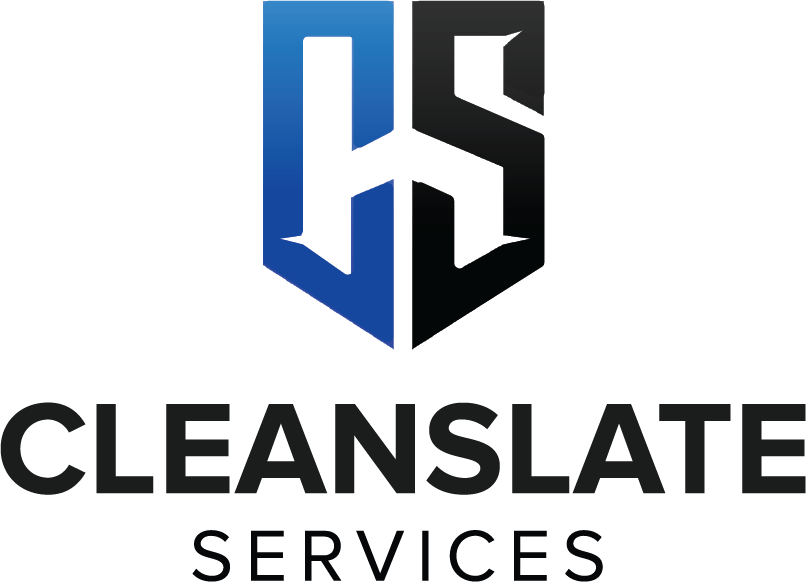After A Flood Cleanup Tips
Flood Cleanup: After A Flood Cleanup Tips
Remove the water that has accumulated under the house. It's possible that you'll need to dig a hole and then pump any water that accumulates out of it. Make a trapdoor by cutting a hole in the floor wherever there is no other way in. It is especially important to remove any excess water from under floors made of wood or particleboard if you want to prevent decay.
After a flood, what are some general safety precautions that should be taken?
When you are cleaning up flood damage and debris, make sure to wear gloves and goggles. Never combine ammonia or bleach with any other kind of cleaning solution. Before you turn on your heating, ventilation, and air-conditioning systems, it is essential to have them inspected and cleaned by a service professional who is experienced in the removal of mold. Turning on your heating, ventilation, and air conditioning units after they have been flooded with water will cause mold to spread.
After a flood, is it possible to wash clothes?
To avoid mildew growth, flood-damaged clothing should be washed as soon as possible. If you are unable to accomplish this, you can remove any excess soil by shaking it off or brushing it off outside. After rinsing the items multiple times in cold water, allow them to dry naturally.
After a flood, what kinds of electronics and appliances can be salvaged?
Depending on the severity of the damage, many common household appliances, such as dishwashers, washers and dryers, ranges, microwaves, home electronics, trash compactors, and electric water heaters, may be able to be fixed. Replace It is highly likely that a number of items, including gas water heaters, smaller home appliances, HVAC units, refrigerators, and freezers, will need to be replaced.
How can I determine whether or not there is water hidden behind my walls?
Symptoms that you may have a water leak inside your wall spots of a different color. The appearance of spots of discoloration inside walls may be the result of leaking water pipes. Mold in places that you would not have anticipated finding it. It shouldn't come as much of a surprise to find mold in moist places like bathrooms.
What are some of the warning signs that you might have a problem with mold?
As a rule of thumb, mold will keep growing even after it has been cleaned. The old stains and dirt won't come out. On the other hand, if you notice a spot on your wall and aren't sure if it's just a typical stain, here's how to tell if it could be a sign of a bigger mold problem: If the spot is darker than the rest of the wall, it's likely mold. There is a musty odor coming from it. It is warping, cracking, or peeling because the material it is growing on is deteriorating. Within one to two minutes, the color will become lighter if you add a drop of bleach. A nearby source of moisture that doesn't let in much light can be found. Consider several potential hotspots for mold growth that you may have overlooked, such as drain trays, in addition to the obvious places where mold could be visible.
Contact Clean Slate Services Today!
Clean Slate Services will do everything we can to ensure your experience with us is excellent.

